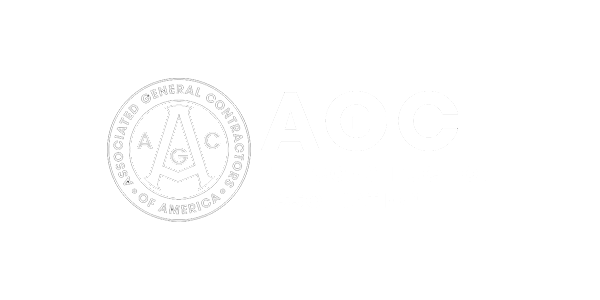Final conditional lien waivers are viewed as the safest waiver across all US States. But despite the security it can bring to both you and the subcontractors, the traditional exchange of these waivers can lead to many challenges and human errors. From creating, sending, signing, safely storing, and ensuring compliance, lien waivers face many roadblocks when completing a project.
Fortunately, lien waiver management software can solve many of these challenges. As a general contractor in the construction industry, you probably know the ins and outs of lien waivers, but you may not know how to automate them. We’ll explore how automating final conditional lien waivers can solve problems that occur in your day-to-day field.
The Benefits of Automating Final Conditional Lien Waiver
Conditional lien waivers occur when the lien rights are waived on condition of the receipt of payment. The subcontractor needs to receive payment of the amount listed in the waiver to make it valid. If no payment is received, the waiver will not apply. A final conditional lien waiver is issued at the end of a project to waive rights on receipt of the final payment, this means no further payment is required.
However, when working with traditional final conditional waivers you might encounter several problems:
- Not meeting state requirements. While most states across the U.S. consider final conditional waivers to be the safest option, there are 12 States that require specific regulations to be followed. To see your States requirements, read our State-by-State guide to lien waivers.
- Lack of trust between subcontractors and general contractors. For a final conditional lien waiver to come into effect, the general contractor needs to make payment. However, many do not want to make payment before receiving the lien waiver from the subcontractor.
- Lost waivers. At a job site, it’s easy for paperwork, like lien waivers, to go missing.
- The wrong lien waiver form is used.
- Payment is made without requiring a lien waiver.
- Lots of paperwork for big jobs — this can become overwhelming.
- The subcontractor doesn’t have up-to-date compliance documentation.
- Financial errors, including overpaying or delayed payments.
- Missing financial details needed to pay the subcontractor.
While it can seem overwhelming, automating your lien waiver exchange program can cut your payment processing time down by up to 70%, while unlocking the following benefits:
- The lien waiver exchange is automated — payment can be made once lien waivers have been approved and locked.
- General contractors can store lien waiver templates for subcontractors to use — this means the correct lien waiver template will always be followed.
- When submitting the standardized lien waiver, subcontractors are required to have up-to-date compliance documentation to receive payment. If not, they will be alerted.
- Integrate with your ERP software, allowing payment apps to align with contacts — eliminating the need for painstaking manual integration.
- ePayment and lien release replaces the need for paper checks. All payments can be automated upon receipt of the lien waiver.
- Digital signatures can be automated for all parties.
- The notarization process, if required, can be automated with online notarization.
- Notifications can be sent out to parties who have to sign lien waivers — no more tracking subcontractors down to sign waivers.
- All lien waivers are stored on the cloud and can provide an overview of existing waivers and projects.
Lien waiver management is a time-consuming process for your whole team. From foremen to the accounts department, creating and updating lien waivers traditionally require manual entry from multiple departments. This leaves room for errors, especially as different stakeholders have different entry standards and diligence levels. While it may seem impossible to speed up the manual process, with the right tools, like lien waiver management software, it can be.
What Do Automated Final Conditional Lien Waivers Look like?
Lien waiver software management, like GCPay, can help you create lien waiver templates with their software. These templates can be reused and repurposed multiple times and are easily accessible for subcontractors to download and use. Lien waiver templates can also be generated from project data, minimizing the need for manual input and reducing administration time.
While our templates are customizable, we recommend the following fields be used for final conditional lien waivers:
- Clear form title
- Name of claimant
- Name of customer (hiring party)
- Job location and project name
- Property owner
- Amount of the check, cash, ACH, or electronic payment
- Payment details for the receiver
- Claimant’s signature and title.
- Date of signature
Once the template for the final conditional lien waiver has been completed, signed, and submitted, payment can be made.
How You Can Automate the Final Conditional Lien Waiver Process
The traditional lien waiver exchange can be tedious and time-consuming. From printing, to signing, to storage, there is a lot of room for mishandling and errors. That’s why automation software for lien waivers is vital to creating a solution that works for your team and subcontractors.
Enabling automation is as simple as partnering with the right solutions partner. At GCPay we’ll help automate your lien waiver process with easy-to-use templates, easy integration with your existing ERP software, the ability to digitally sign waivers anytime and at any place, and secure storage for filed lien waivers.
To discover how else GCPay can help you with lien waivers and payment processes, book a demo with one of our consultants today.









